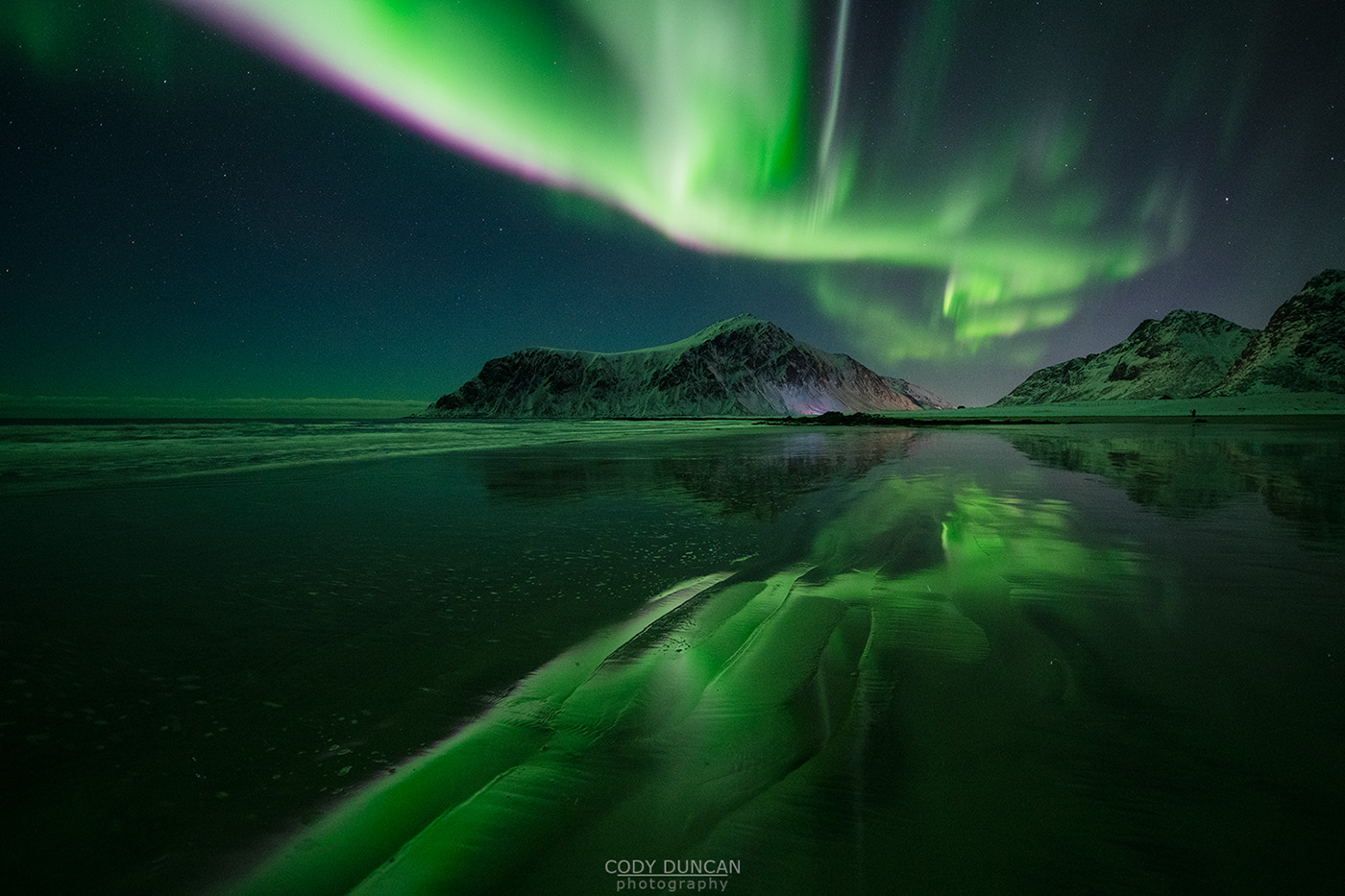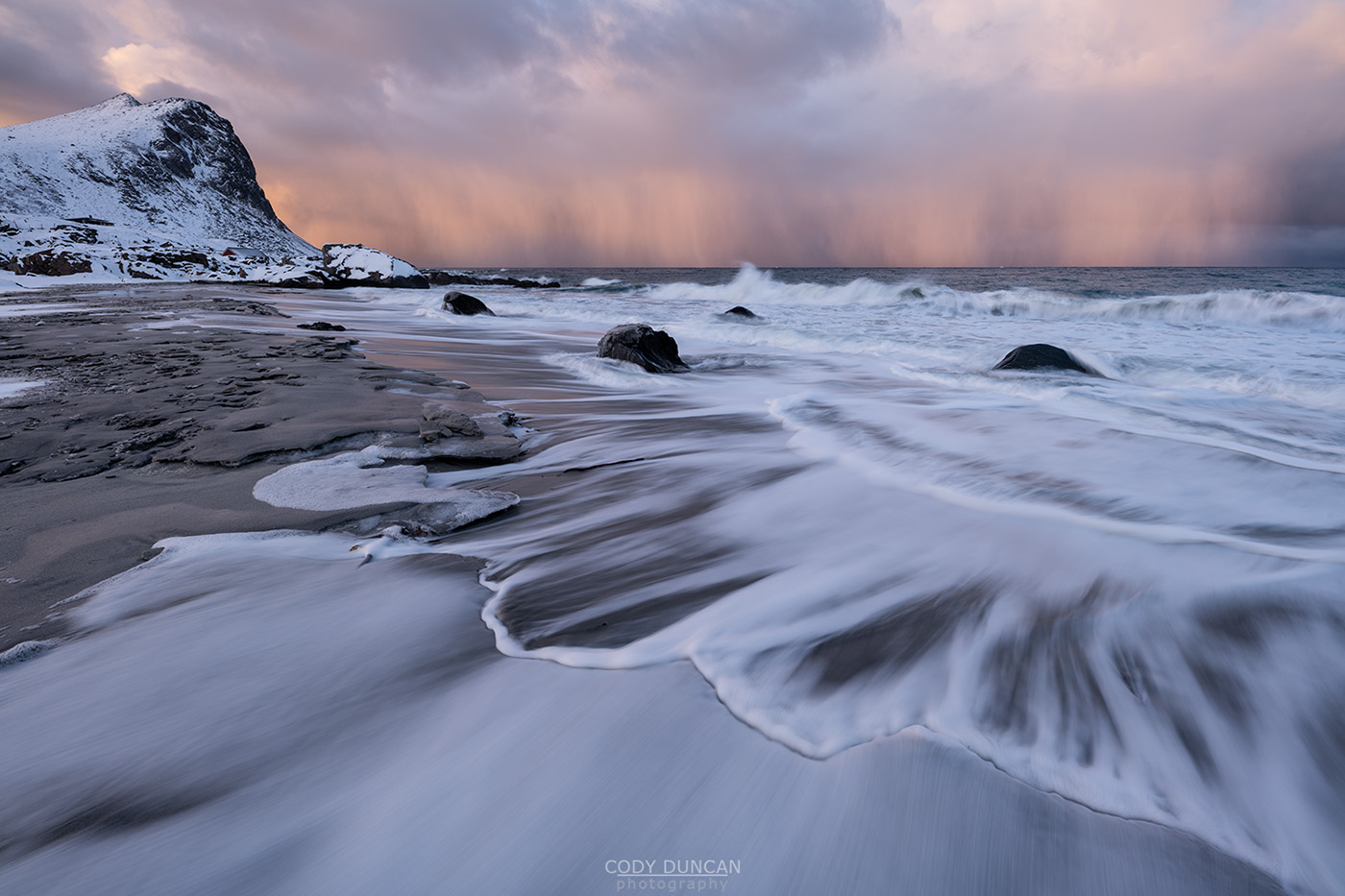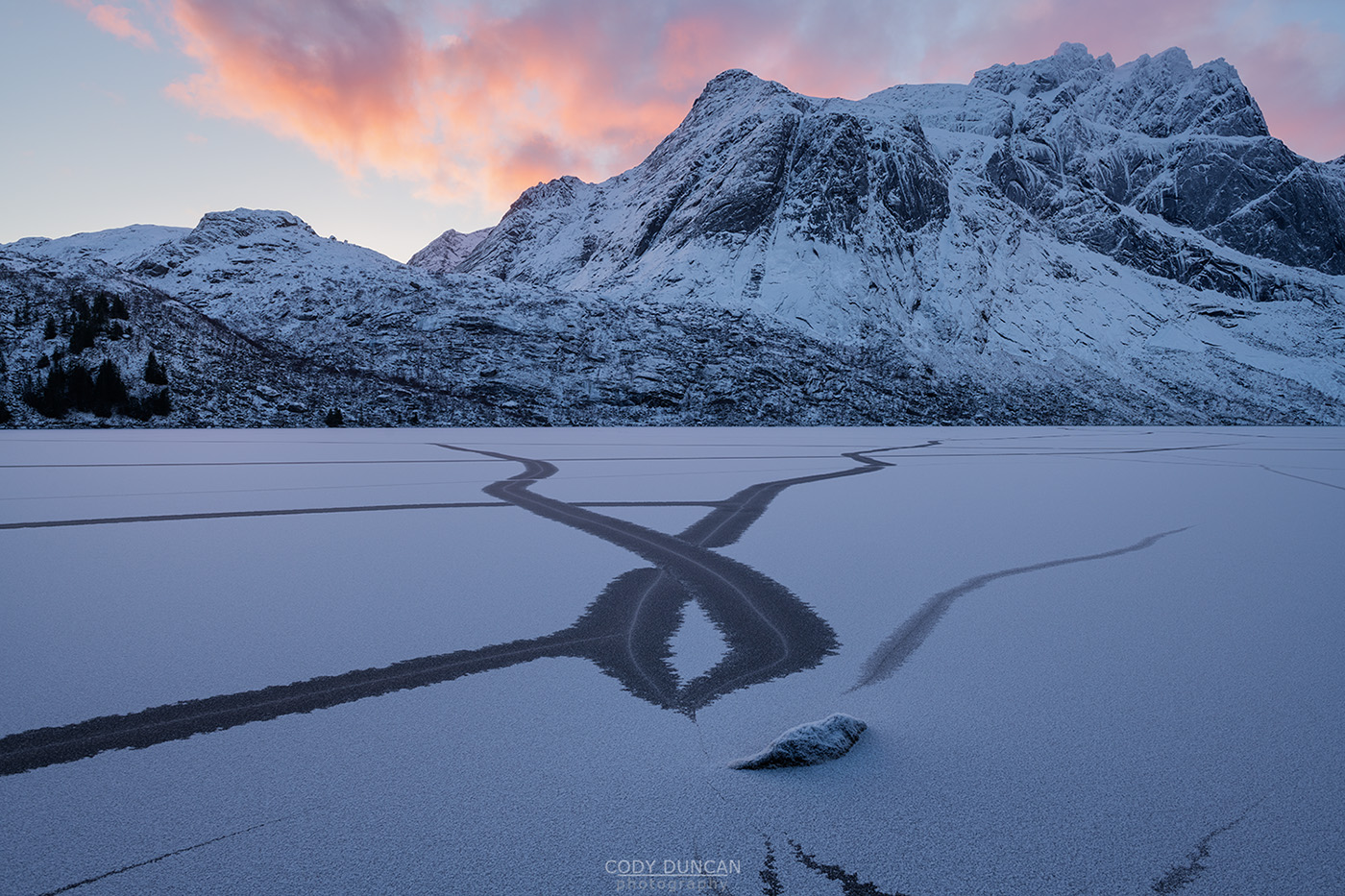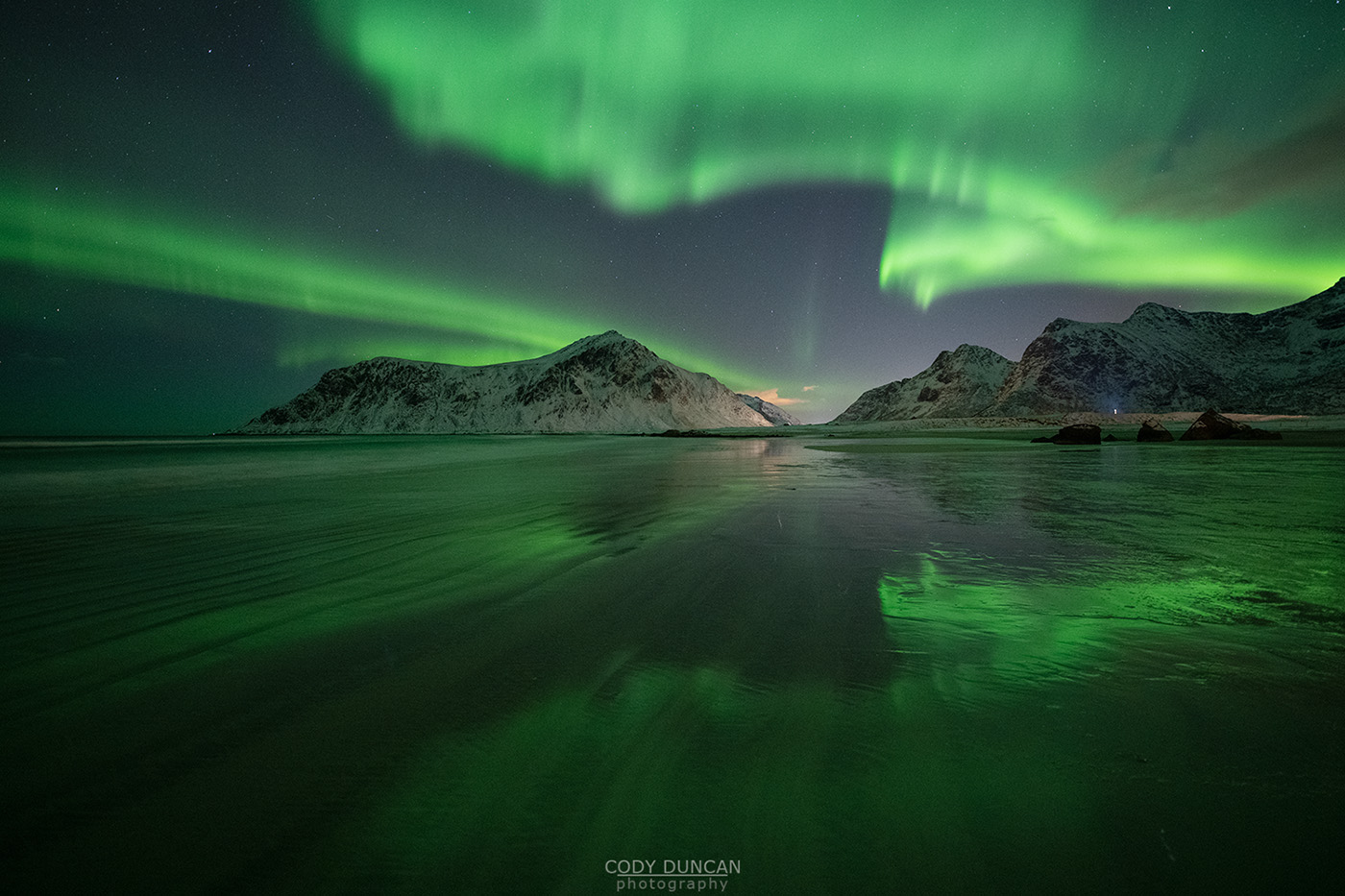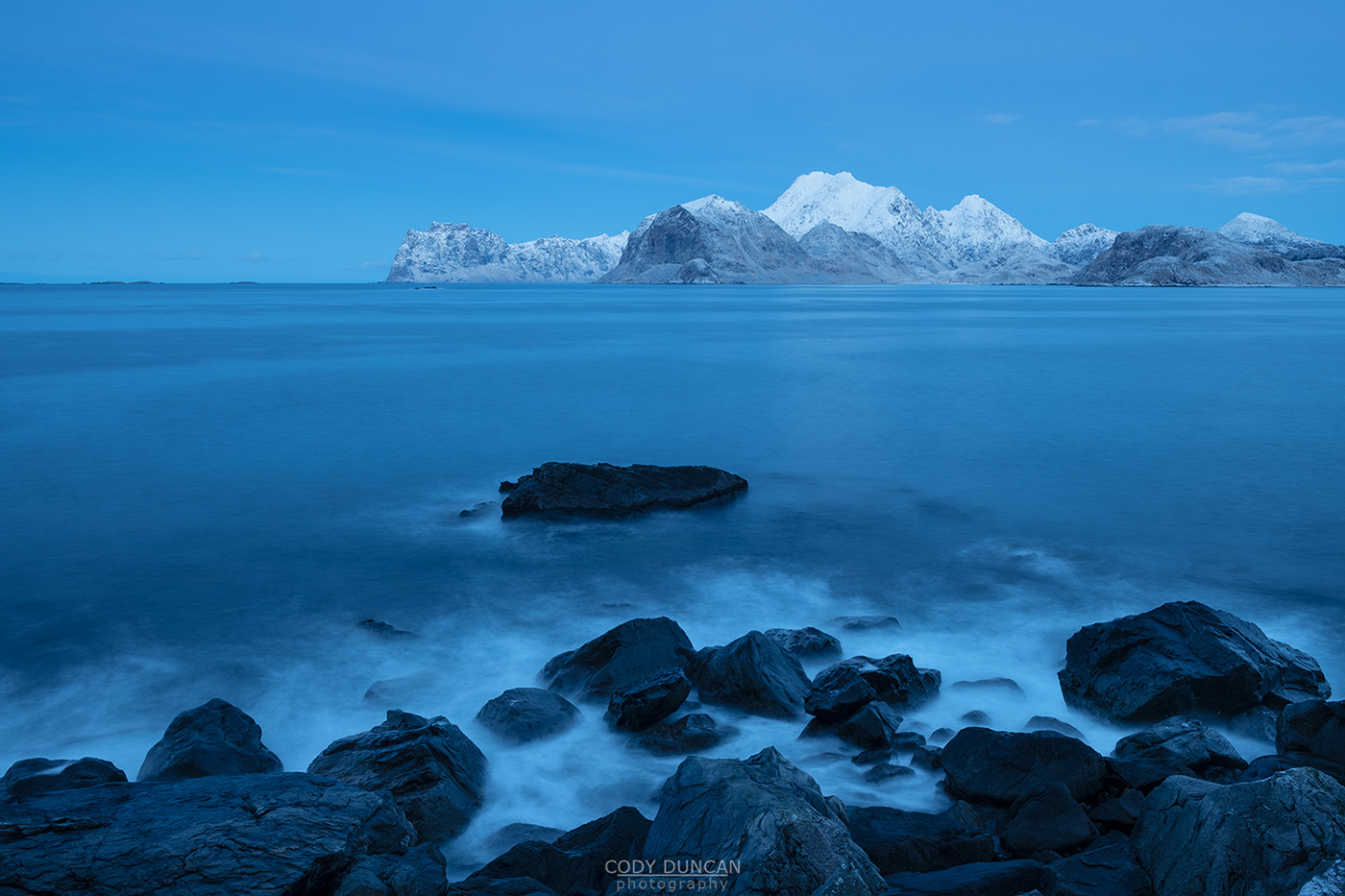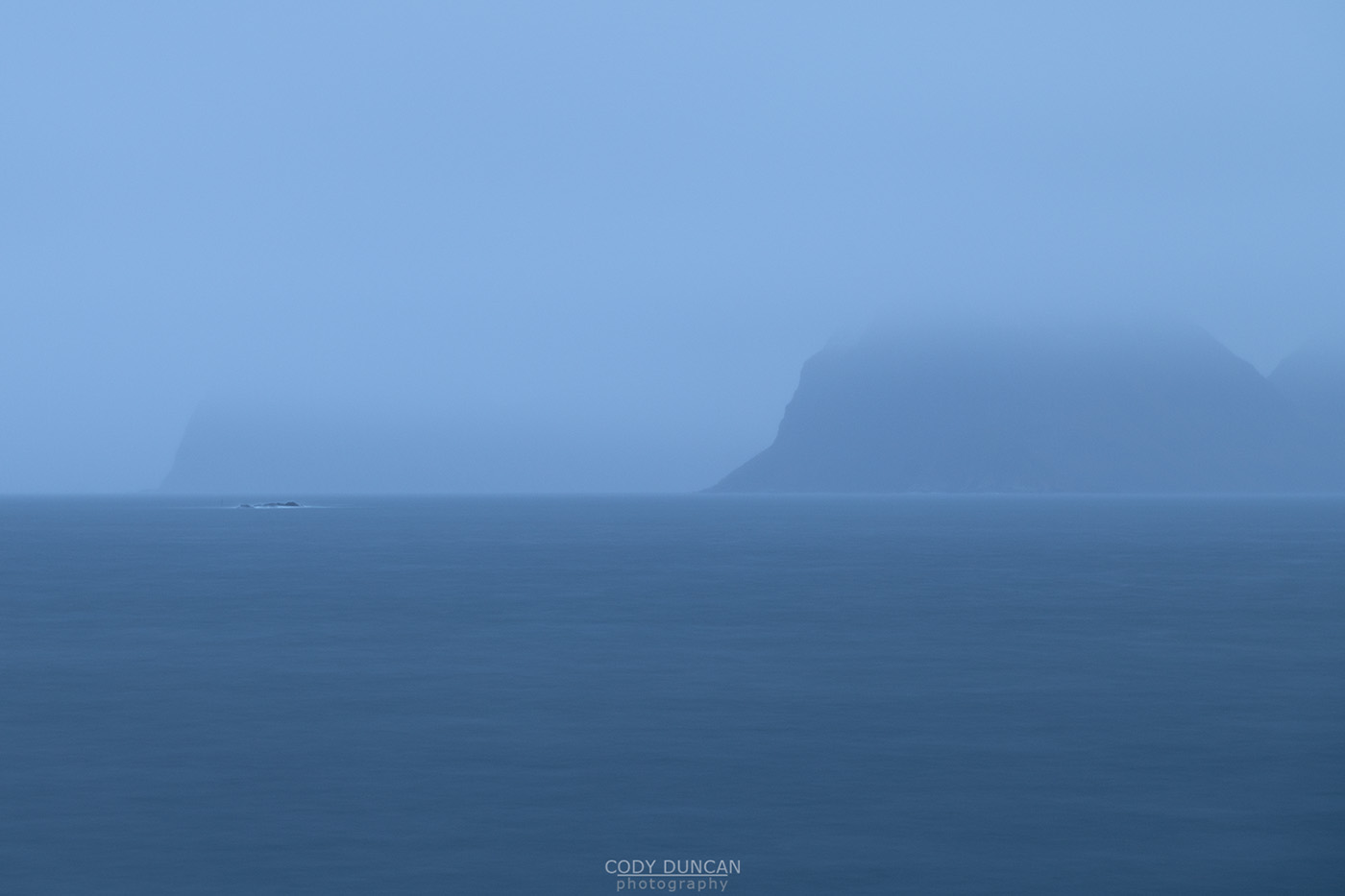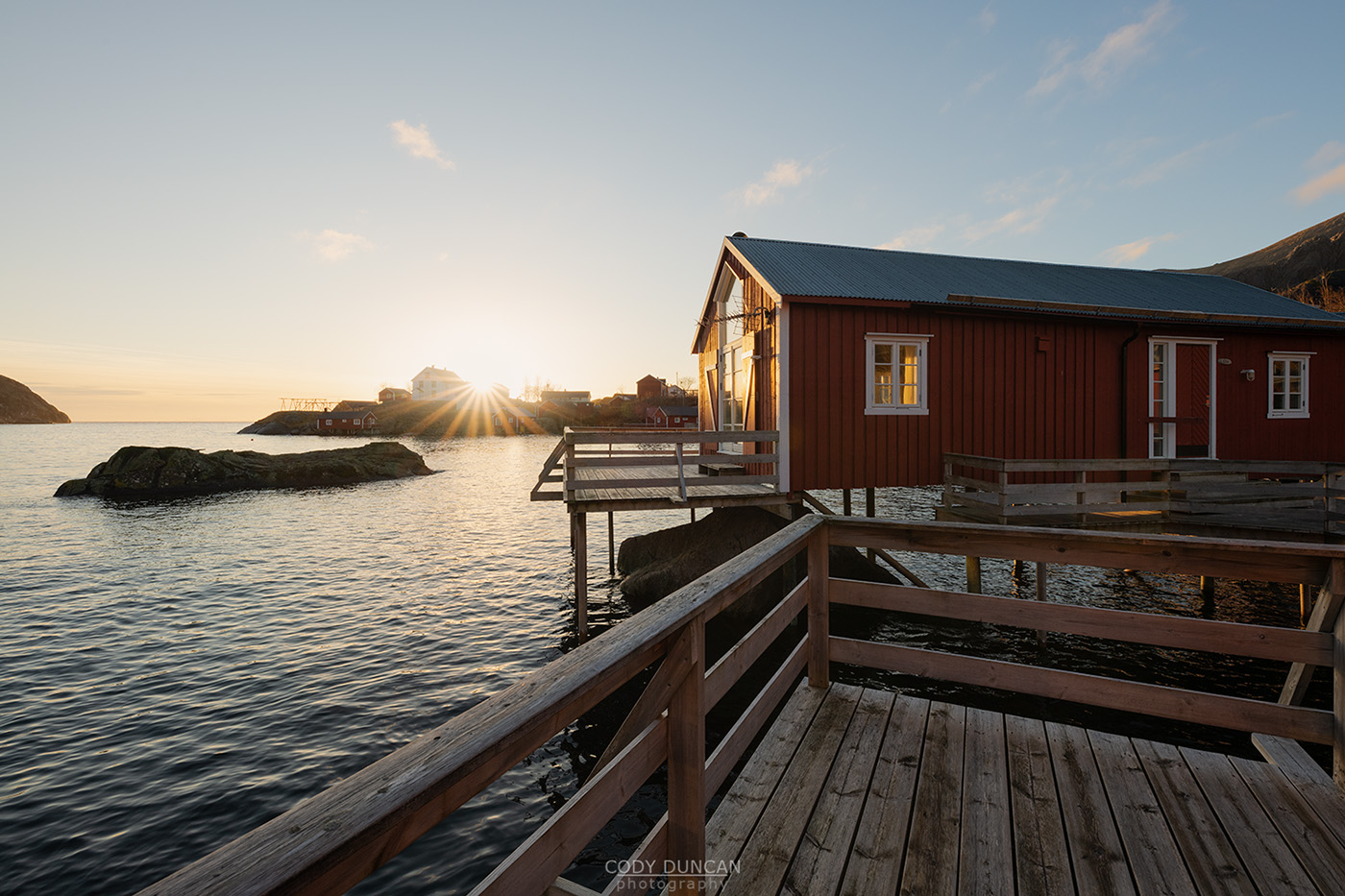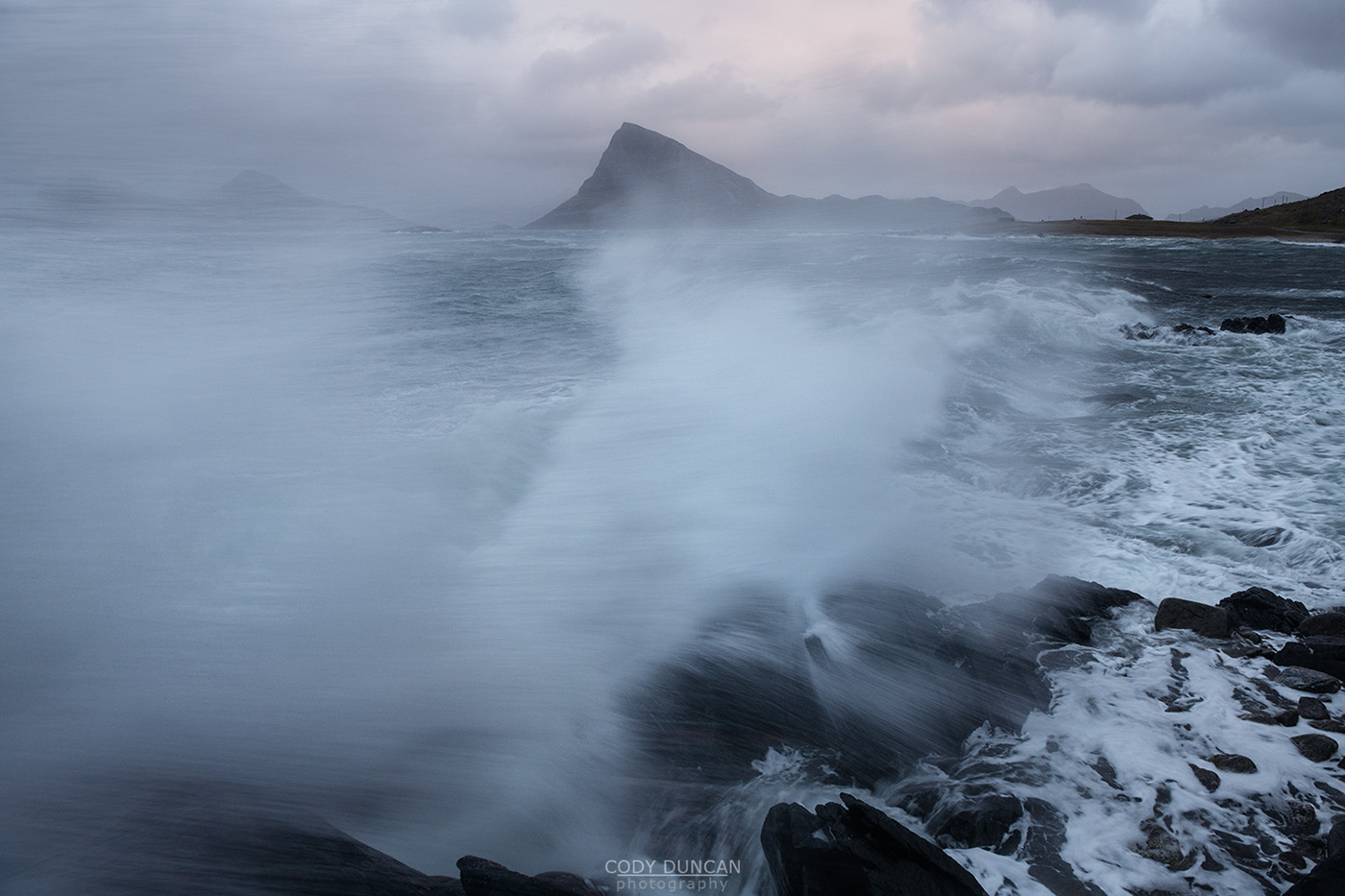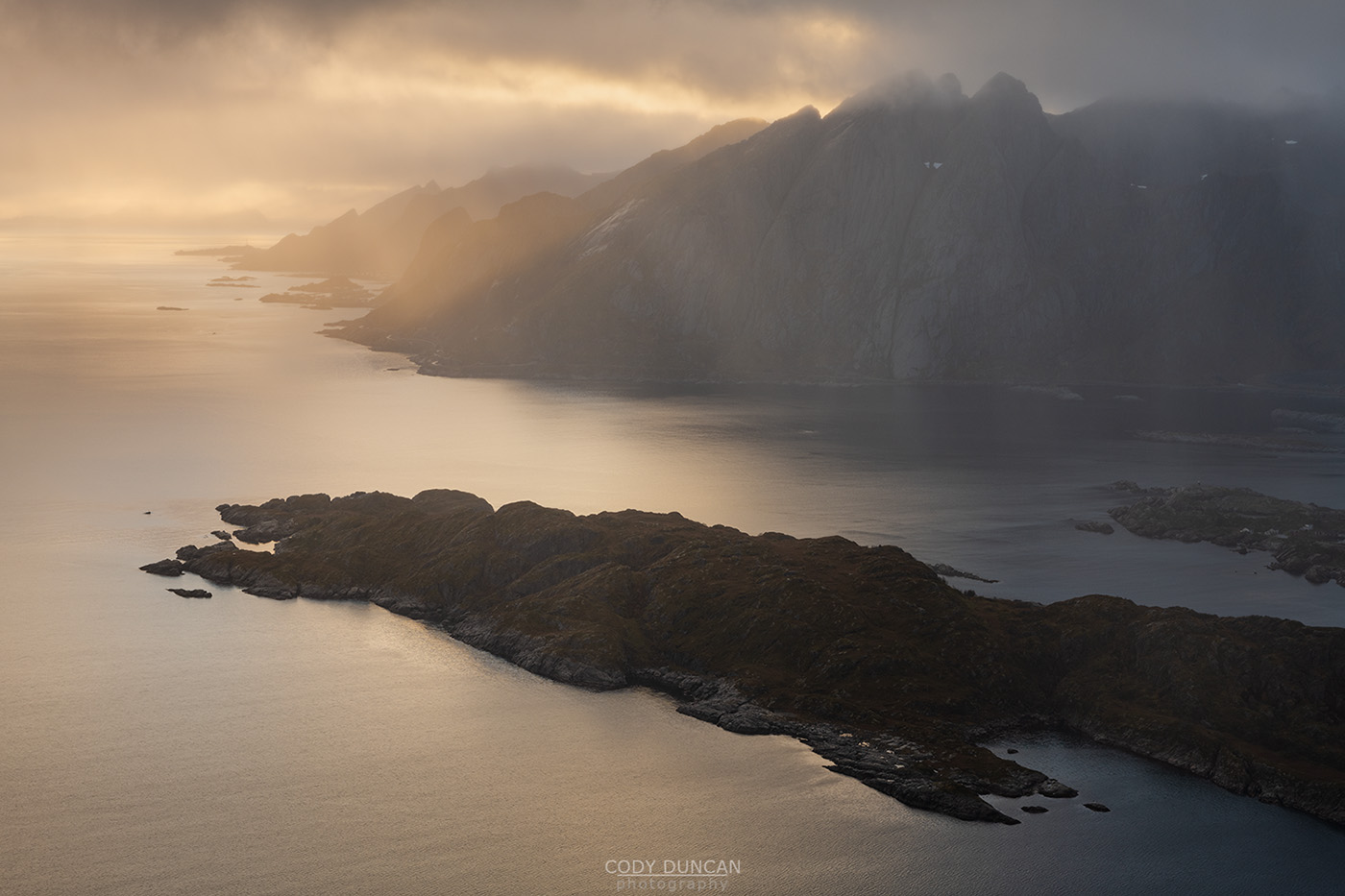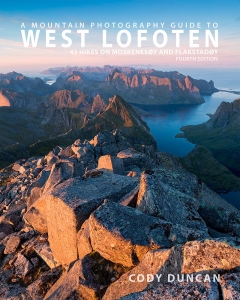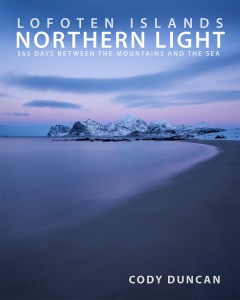Friday Photo #425 – February Rain
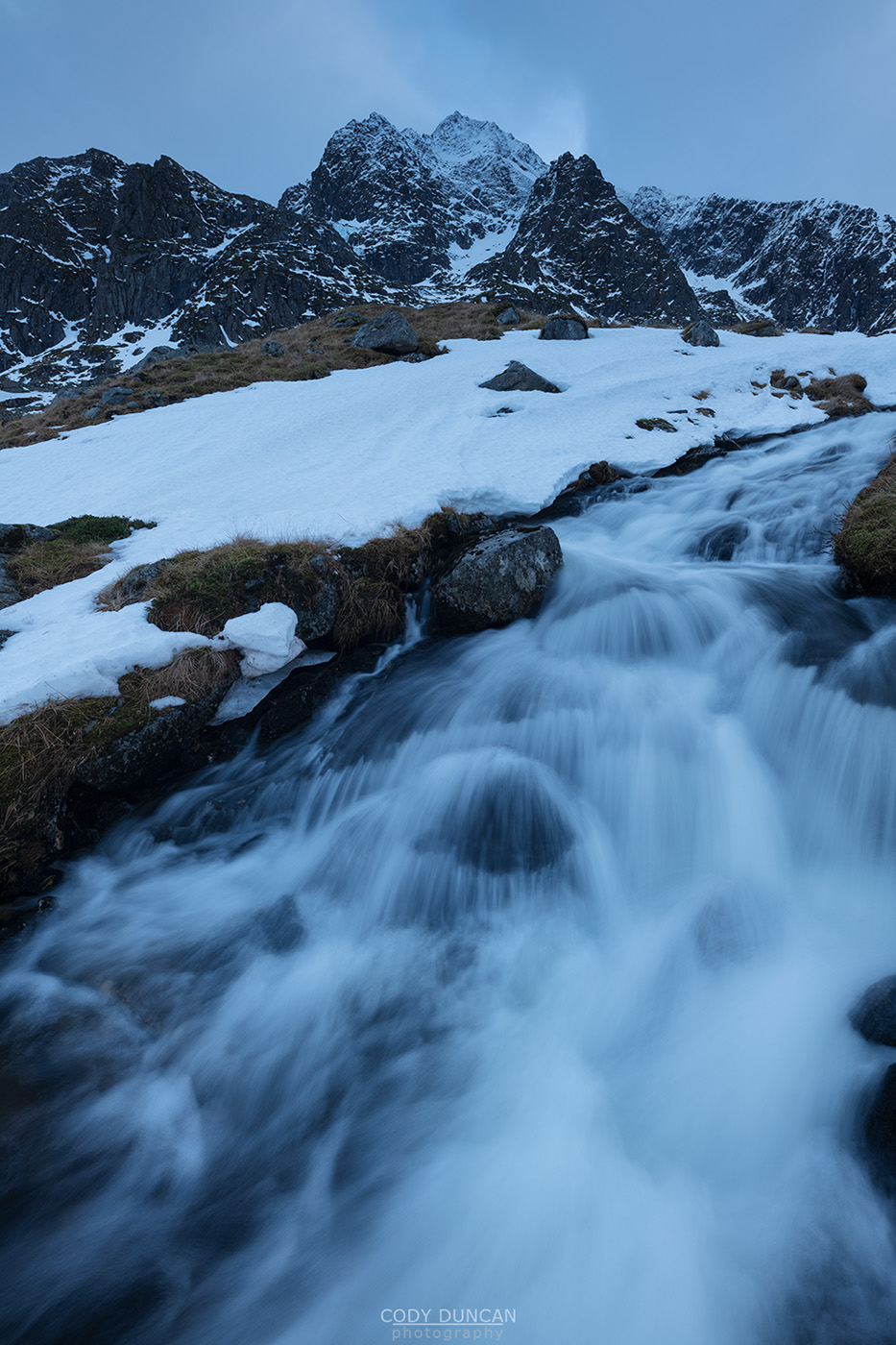
Photo: Flowing river below Stornappstind after a week of rain and mild temperatures, Flakstadøy, Lofoten Islands, Norway. February 26, 2021.16:47
The long period of Cold and settled weather since the beginning of the year ended this week with the arrival of a series of mild and wet weather from the south. Though it is not just us on Lofoten, most of continental Europe has gone through the same shift this week – from ice skating to the first flowers of spring – although flowers are still a few months away for us up here in the north.
As I’ve already written, we’ve been lucky so far this winter on Lofoten. So, as disappointing as it is to see, it is quite common for shifts in the weather and a week of snow-melting rain to arrive. There are still more or less two months of winter lefter here, so hopefully March fills the mountains with snow and there is still planting of skiing left this season!
The river here just down the road from my house, and which I pass daily on my way to/from Leknes had been frozen solid for most of the last month. But this weeks rain and warm temperatures, up to 8˚C on Wednesday, has turned the river into a flowing torrent. Well, maybe that’s an overstatement! But even during the spring thaw, this is about as big as this small little creek ever flows. So at the moment it is both a combination of a lot of rain combined with the snowmelt.
I had actually planned for myself to take a road trip to Senja this past week. But already looking at the weather forecast last weekend, I knew it would have been a mostly pointless and unproductive trip – and it’s no fun to spend a week in my van when it’s 3-5˚C and raining all day long. There’s only so much reading I can do per day while hurried in my sleeping bag to keep warm!
Head over to my Instagram account for (almost) daily postings of the local conditions here on Lofoten: @distant.north
Camera Info:
Nikon D850
Sigma 14mm f/1.8
14mm
ISO 31
f 14
0.6 second
WB Daylight

